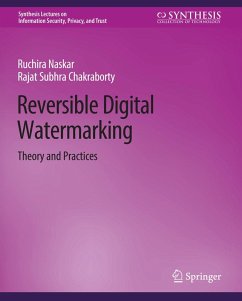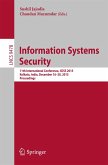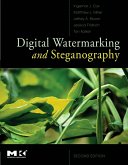Digital Watermarking is the art and science of embedding information in existing digital content for Digital Rights Management (DRM) and authentication. Reversible watermarking is a class of (fragile) digital watermarking that not only authenticates multimedia data content, but also helps to maintain perfect integrity of the original multimedia "cover data." In non-reversible watermarking schemes, after embedding and extraction of the watermark, the cover data undergoes some distortions, although perceptually negligible in most cases. In contrast, in reversible watermarking, zero-distortion of the cover data is achieved, that is the cover data is guaranteed to be restored bit-by-bit. Such a feature is desirable when highly sensitive data is watermarked, e.g., in military, medical, and legal imaging applications. This work deals with development, analysis, and evaluation of state-of-the-art reversible watermarking techniques for digital images. In this work we establish the motivation for research on reversible watermarking using a couple of case studies with medical and military images. We present a detailed review of the state-of-the-art research in this field. We investigate the various subclasses of reversible watermarking algorithms, their operating principles, and computational complexities. Along with this, to give the readers an idea about the detailed working of a reversible watermarking scheme, we present a prediction-based reversible watermarking technique, recently published by us. We discuss the major issues and challenges behind implementation of reversible watermarking techniques, and recently proposed solutions for them. Finally, we provide an overview of some open problems and scope of work for future researchers in this area.
Dieser Download kann aus rechtlichen Gründen nur mit Rechnungsadresse in A, B, BG, CY, CZ, D, DK, EW, E, FIN, F, GR, HR, H, IRL, I, LT, L, LR, M, NL, PL, P, R, S, SLO, SK ausgeliefert werden.









